These are the masterpieces of painting the participants of the pilot program “The making of a great painting: Learning how to learn from masters” chose to study.There are fourteen participants in this pilot (or rather fifteen, since I am going to follow the program myself…) The works are ordered (more or less) in the reverse chronological order, spanning the whole epoch of post-Renaissance painting, from the seventeenth to the twentieth century (the eighteenth century isn’t represented, though). All in all, both the quality and the variety are staggering, aren’t they?
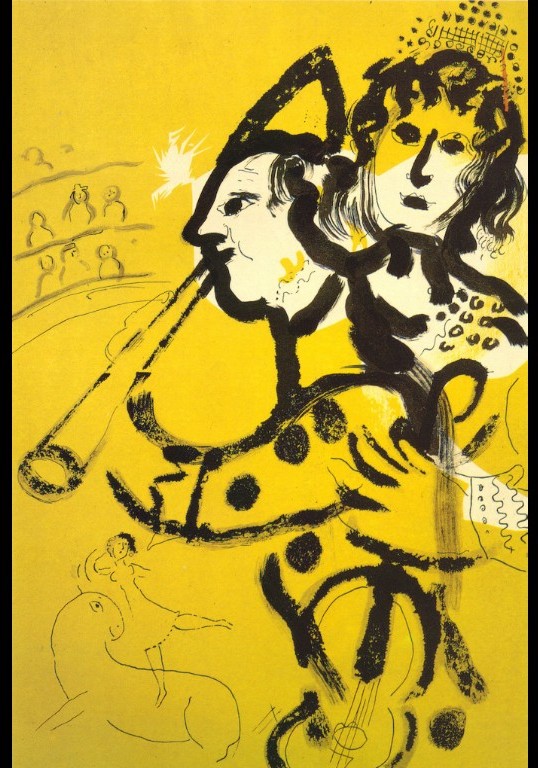
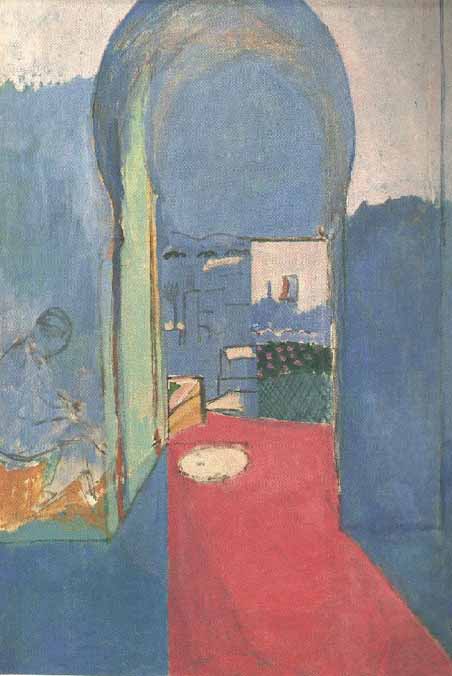
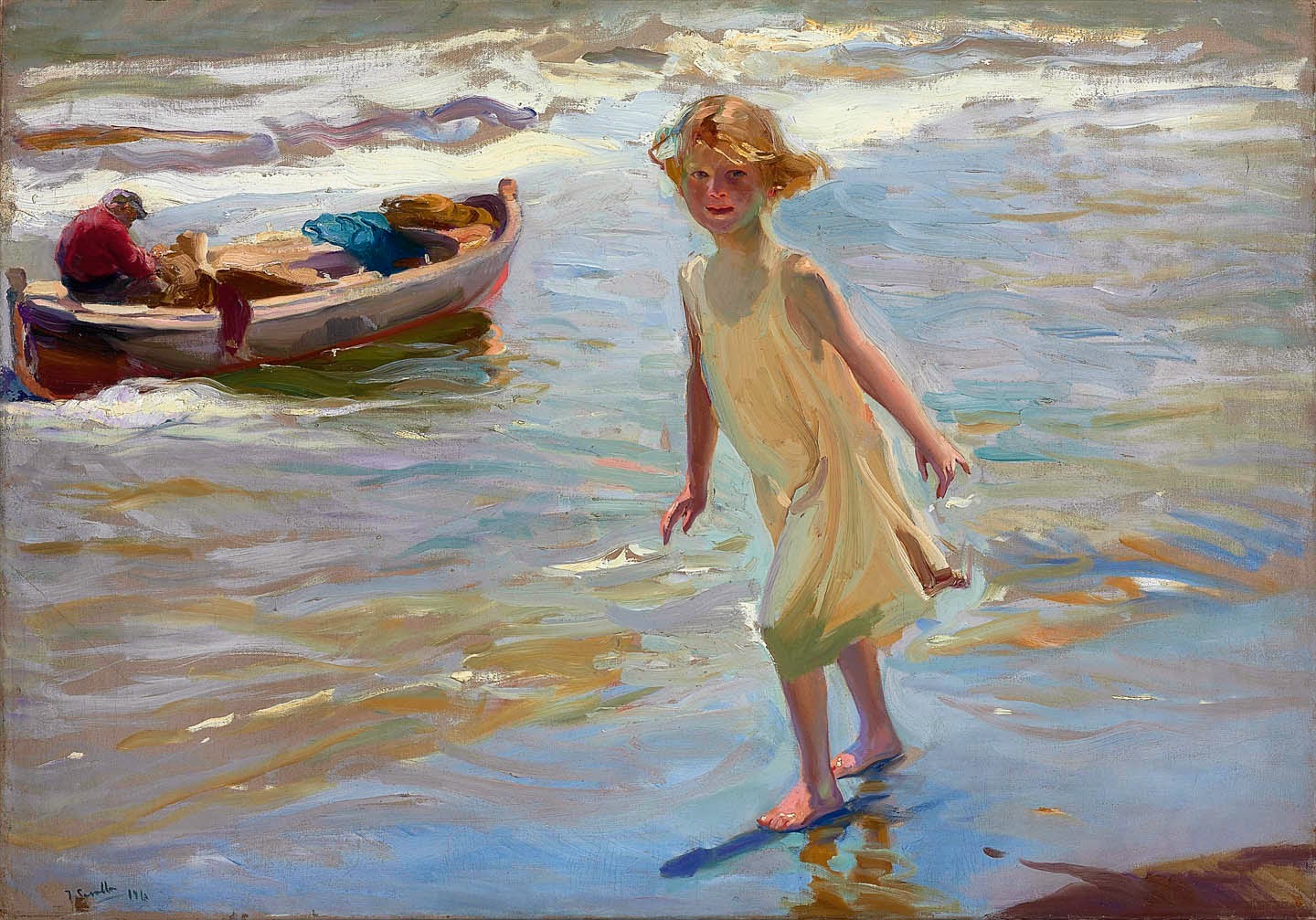
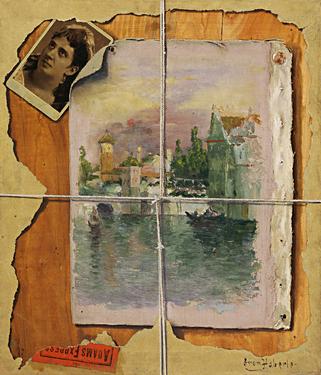

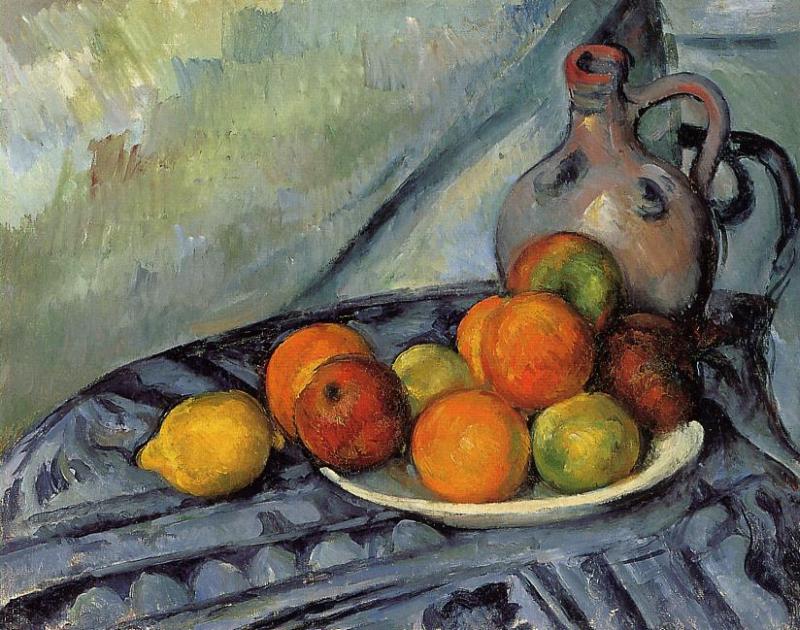
(Two people will be studying this painting!)


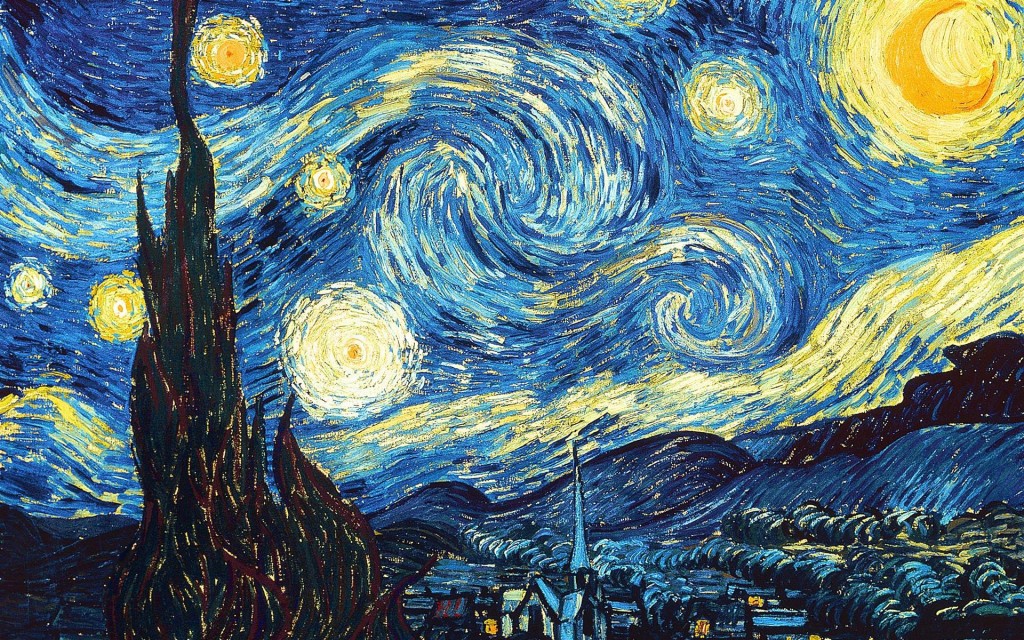
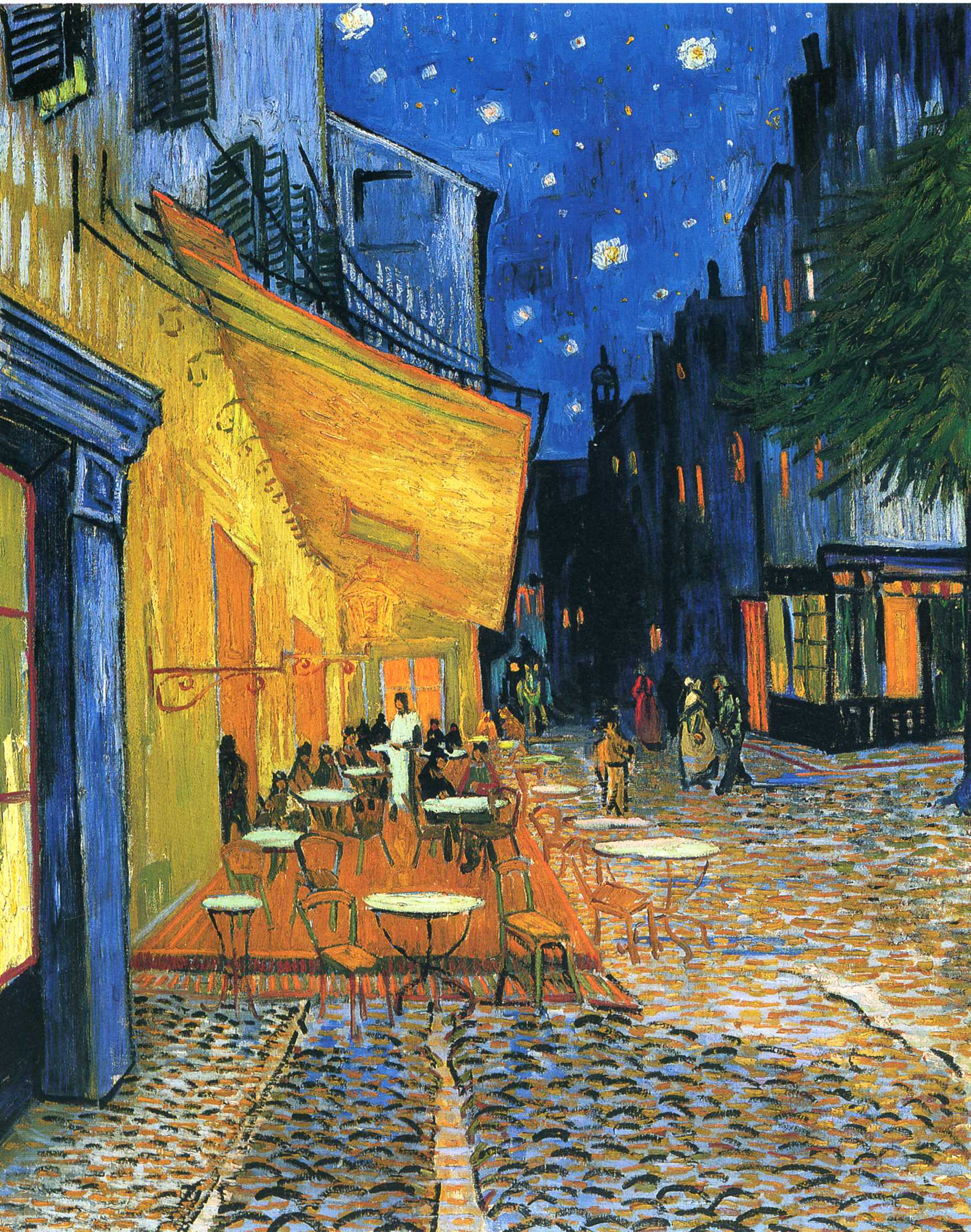
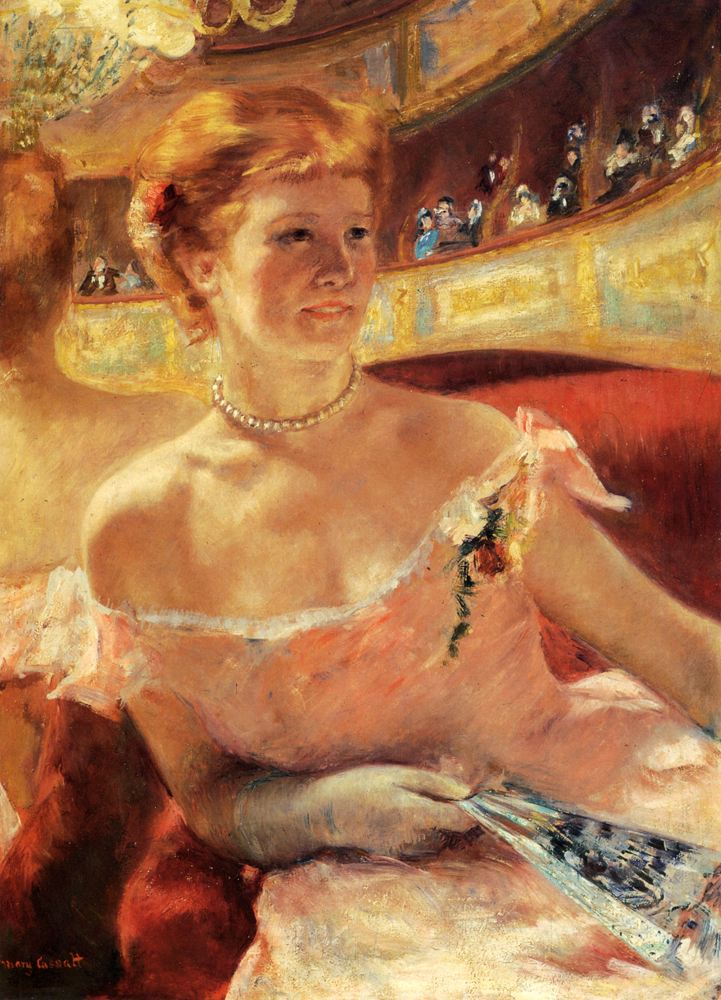
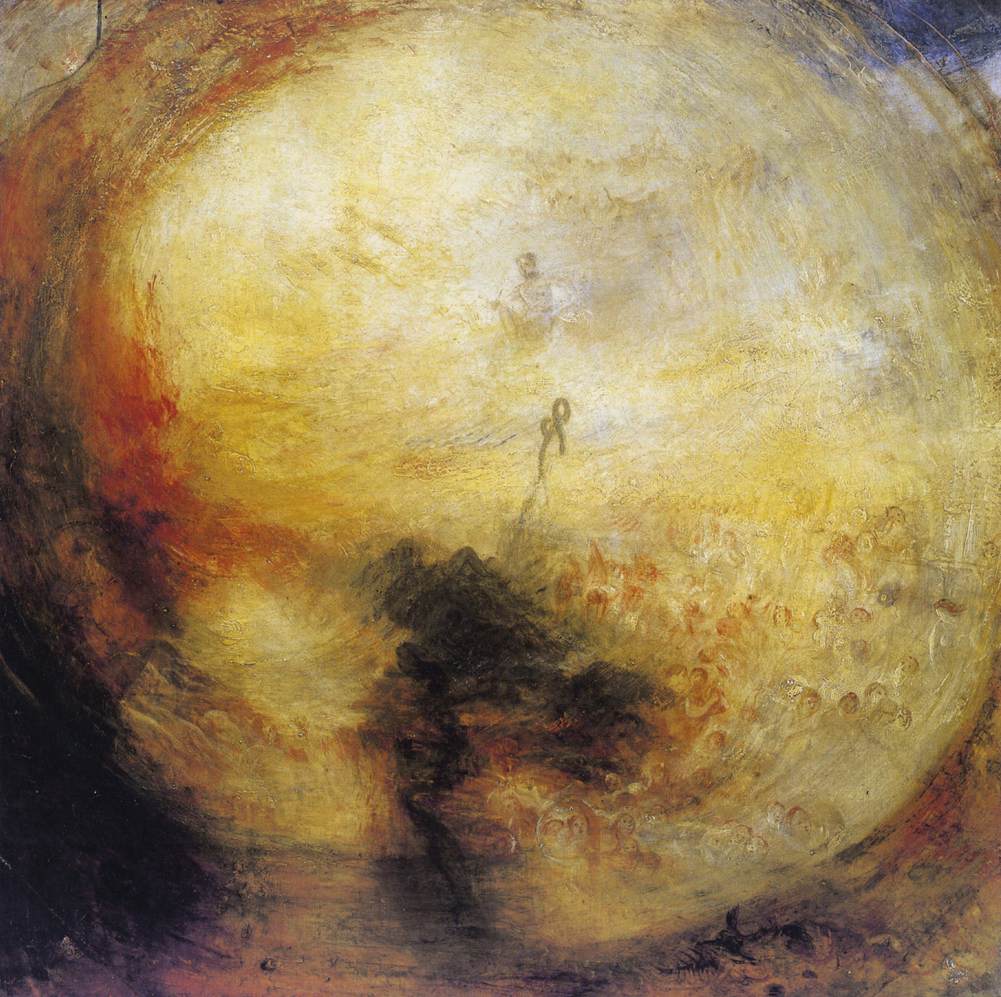

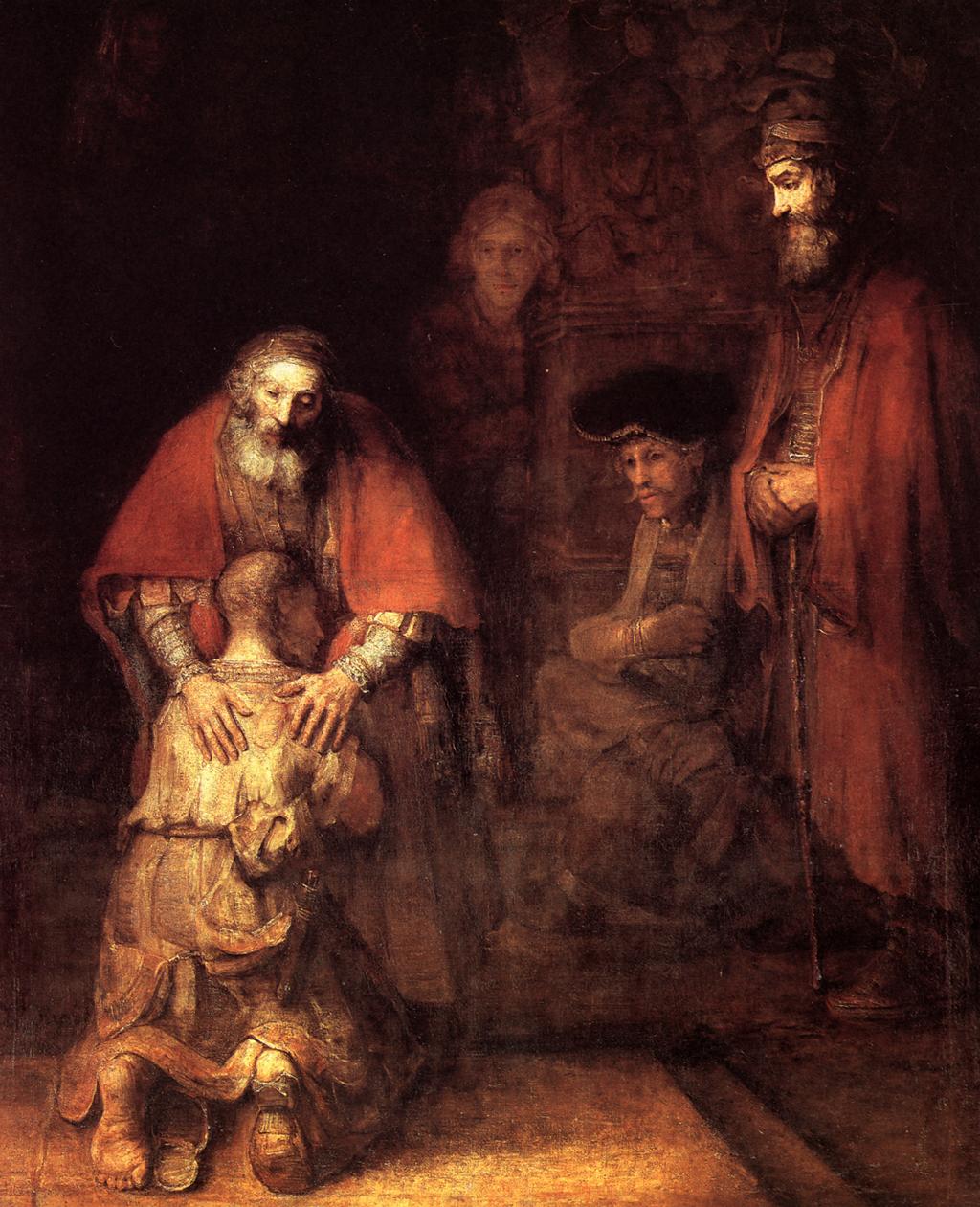
(This is a special addition to the program, because I have decided to follow it myself, setting myself the most impossible challenge I could possibly imagine…)